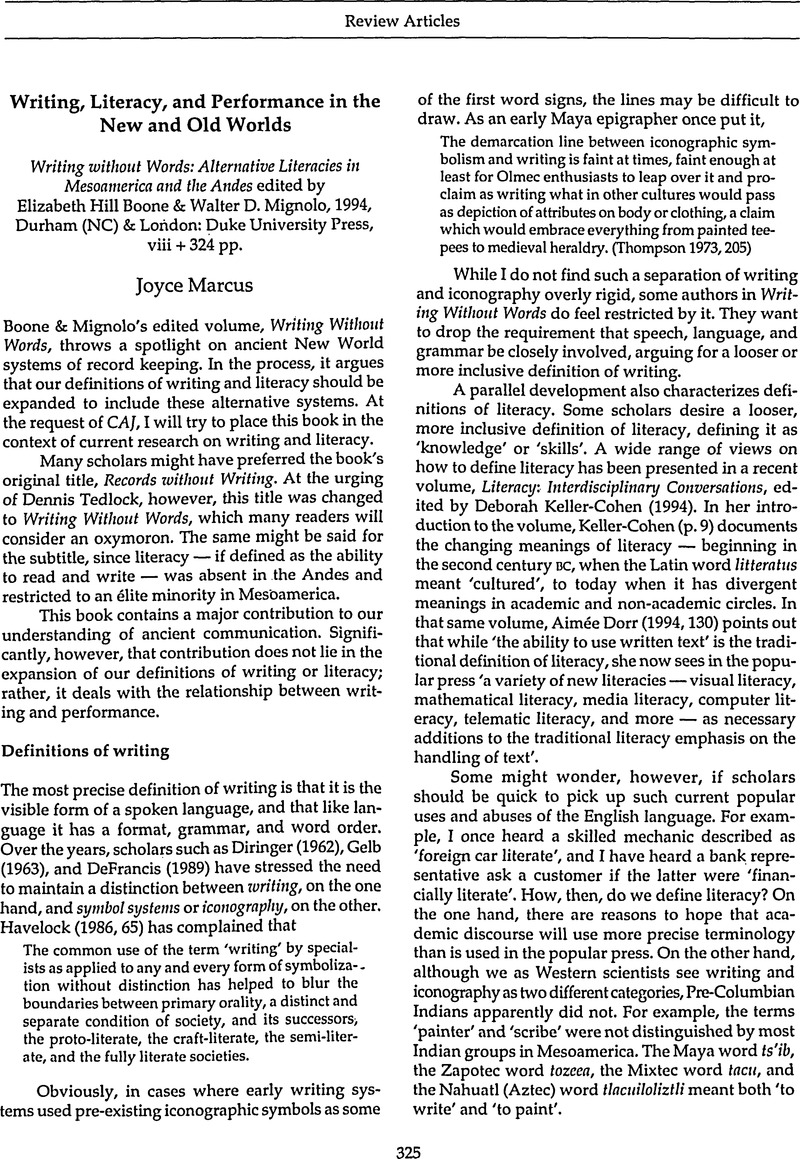Crossref Citations
This article has been cited by the following publications. This list is generated based on data provided by Crossref.
Tartaron, Thomas F.
2008.
Aegean Prehistory as World Archaeology: Recent Trends in the Archaeology of Bronze Age Greece.
Journal of Archaeological Research,
Vol. 16,
Issue. 2,
p.
83.





